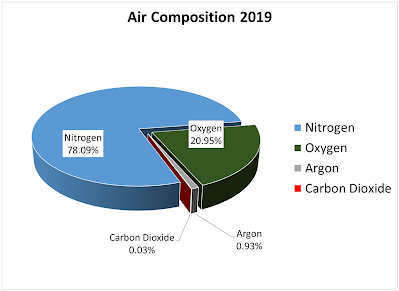November saw a wide, range of prices, as many sellers still had old higher priced inventory, while others who had been sold out received new lower priced inventory, and sold it for less. It some cases buying a 1,000 round case has cost more per unit than 100 rounds.
Within the week, I saw 9mm 115g FMJ (Full Metal Jacket) ammo purchased for $40/box (50 count), for off brand, and for $19.99 for name brand (www.natchezss.com). Top ammo producers like Federal, Remington & Winchester, have the capacity to restock shelves faster than most others which can make name brands more available and at lower prices.
Right now some of the best deals are at the Sporting Goods stores, where they are offering low prices to get you in the store. Yes, they are usually limit 4 or 5, but the price is much lower than on-line, especially considering shipping costs. Check the availability on line first, or call ahead, unless you want to go shopping anyway.
30-30 Winchester ammo and 410 buck shot is not available anywhere, with 410 slugs running $1.60 each (BassPro Shops) and there is very little 45 Long Colt for $1.75 to $3.00 per round.
12 gauge slugs were averaging about $1.72 per round with one source buying some premium brand for $1.00. Buckshot was averaging $1.26 per round.
20 gauge slugs averaged $2.00 each and Buckshot $2.55 each. Ammo producers set up their lines and run large quantities of a particular ammo before changing to the next. What ever has been produced most recently is usually the most abundant and lowest cost. This leads to some unusual price relationships, where 12 gauge slugs cost more than buckshot, but 20 gauge buckshot cost more than slugs. Different sellers and different brands sell for a wide range of prices during times like this.
380 Personal Protection rounds, often hard to get, were available for $1.09, while target rounds were $0.79 each.
38 Special Personal Protection rounds, were available for $1.11, while target rounds were $0.93 each.
357 Magnum Personal Protection rounds, were available for $1.18, while target rounds would be 38 special at $0.93 each.
40 caliber ranged from $0.50 each for economy target rounds to $0.94 for name brand JHP (Jacketed Hollow Points).
45 ACP ranged from $0.46 each for economy target rounds to $2.00 for name brand JHP (Jacketed Hollow Points).
22 LR JHP averaged $0.17 each, FMJ Target rounds $0.16. 22 Magnum was $0.32 each for FMJ or JHP.
308 ranged from $1.20 each for economy target rounds to $2.20 for name brand.
AK 7.62 x 39 ranged from $0.97 each for economy target rounds to $1.35 for name brand, with Wolf brand being $0.38
.300 AC Black Out ranged from $1.23 each for economy target rounds to $1.78 for name brand.
During a serious social break down, or when the SHTF, or during Anarchy, there will quickly be plenty of guns. They will be in the hands of dead people laying in the streets after running out of Ammo.
So while there are a lot of Prepper List items to have, the Rule of 3 says that running out of Ammo can get you killed faster than any other shortage.
So take this warning seriously, and be sure you have enough ammo. Click on the blue links for more information on this topic.
For more information, click below.
Or click on a label below for similar topics













